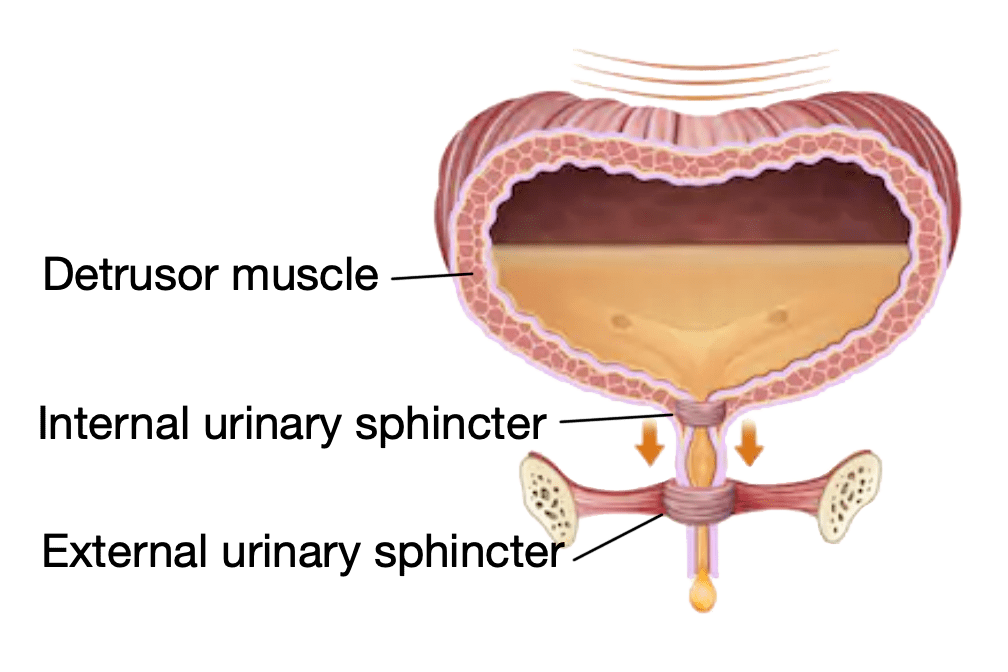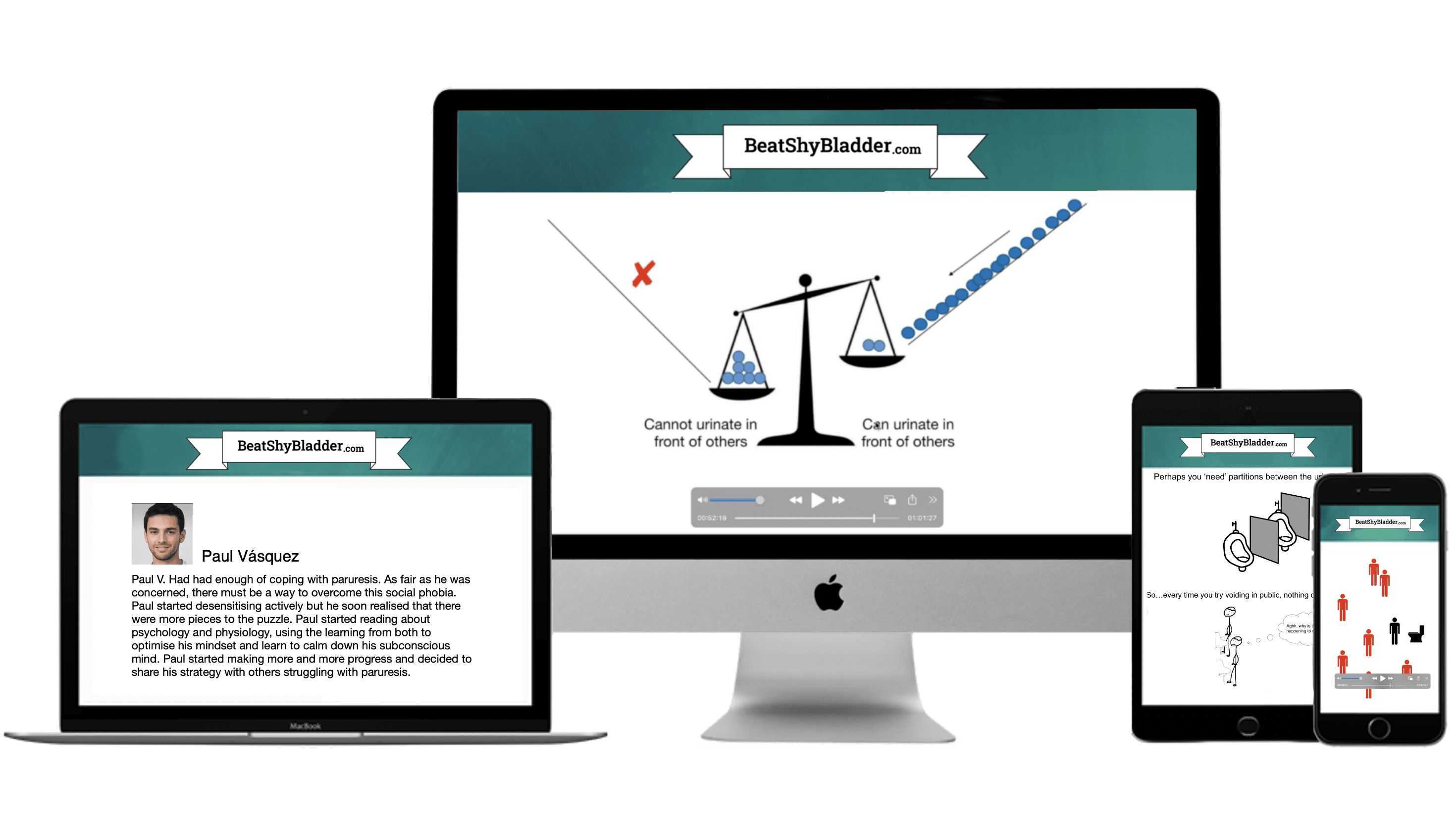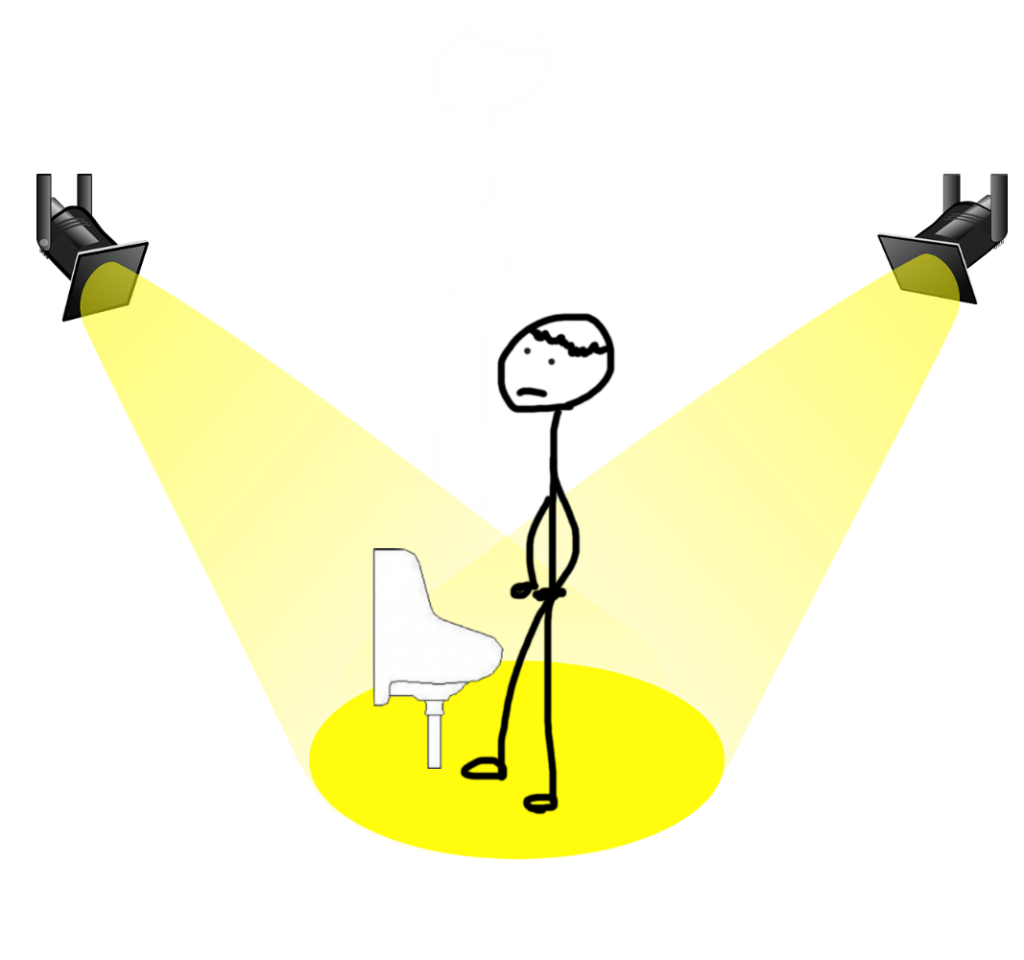Aghh, the frustration!! It has happened to you, hasn’t it? You’ve stood there at the urinal for for what feels like an eternity and nothing. Nada. Not even a drop.
Why does this happen? What causes shy bladder? And more importantly, how can you overcome this nightmare???
The history of shy bladder syndrome
If you want to design a species that will survive through the ages and overcome any challenge to survive, you only need a few, specific behaviours. Nature has done a good job at programming these survival instincts into human beings over millions of years. These survival instincts are called the ‘3 Fs’.
1. Food: We have to eat to survive. No food = no survival. We are wired to search for food to eat!
2. F****: F……f..……f….…..let’s just go with ‘reproduction’. A species that is unable or uninterested in reproducing will not stay around for very long. Evolution has designed us to have a burning desire to reproduce. It’s very simple, no reproduction, no survival (survival of the species, not the individual).
3. Fear (fight, flight or freeze): Kill the threat, run away or hide from the threat. This fear response is essential for the survival of living organisms. Even plants do this (some plants are deadly if you eat them).

This fear response is what saved our prehistoric ancestors from threats such as wild animals and rival tribes. This mental programming is therefore, responsible for our current existence on earth.
For the fear response to be effective, your sympathetic nervous system (SNS) has to be fast. Very fast! If you have to think about what to do when you touch a hot stove, you’ll have gotten burnt by time you’ve thought about it.
Here’s another example. If you encounter a wild tiger on a hike through nature, you better GTFO immediately! You do not have time to think about it. Older primates with unreliable and slow central nervous systems that had to think before reacting to a threat, became victims to these threats and were not able to pass on their genes via reproduction.
How does this relate to paruresis?
As discussed in the next section, shy bladder syndrome is a subconscious, automatic fear response to an external stimulus deemed as a threat by your amygdala (the amygdala is the part of the brain responsible for quickly identifying threats), all in an attempt to ‘protect’ you.
In prehistoric times, paruresis actually appeared to be a useful bodily response. For instance, during hunter gatherer times thousands of years ago, there were no public toilets. Men and women had to pass urine in nature, exposed to a variety of wild and dangerous animals as well as rival tribes. Back then, the sub-conscious belief that passing urine made you vulnerable to attack may have even saved lives by influencing people to find a ‘safe’ place to void.
Nowadays, we (human beings) have cell phones, laptops, cars, rockets, 3D movies, virtual reality etc. Our environment and lifestyle has changed exponentially in the last 500 years. That being said, we are anatomically almost-identical to human beings 100,000 years ago (the oldest homo sapien fossil is from 195,000 BC!).
Humans 100,000 years ago and humans now are almost identical from a biological point of view. This means our brains haven’t yet adapted to our environment and cannot easily distinguish between real and imaginary threats.
Your desire to fit in and paruresis
Perhaps there should be a fourth ‘F’ for ‘friendship’.
Human beings have evolved as social creatures with a deep desire to fit in and be accepted by our peer group. In the past, we relied on our tribe for food, protection and reproduction. Those who were banished from the tribe rarely survived by themselves, let alone reproduced.
Caring about others’ opinions of us was therefore a matter of life or death!
Nowadays, caring about others’ opinions and judgements about us often does more harm than good. When it comes to passing urine in public restrooms, our subconscious desire to avoid being judged by those around us can place a lot more pressure on us, often leading people with a shy bladder to be unable to pass urine.
The physiology of shy bladder syndrome

What happens when you are scared? Your sympathetic nervous system shocks you into a state of ‘fight or flight’. The involuntary release of stress hormones such as adrenaline and cortisol will cause your heart rate and blood pressure to go up, breathing rate quickens, digestion is slowed, muscles tense (often including the internal urinary sphincter) and your bladder can be affected…
A simple change in your environment can be interpreted by your sympathetic nervous system as a threat and in turn, various bodily changes automatically take place, all in an attempt to protect you.
In order to successfully void, your detrusor muscle needs to contract and you internal and external urinary sphincters must relax.

The external urinary sphincter is under our conscious, voluntary control. The internal urinary sphincter is under subconscious, involuntary control. The fight or flight response in your body will tighten the internal urinary sphincter in order to stop you from voiding in an environment that your subconscious brains considers unsafe.
Triggering events
Some of you may be familiar with Pavlov’s dog experiment. If not, here is a quick recap. In 1897, a scientist called Ivan Pavlov, rang a bell every time he fed his dog. After a while, the scientists found that the dog had learned to associate the sound of the bell with incoming food, demonstrated by the dog’s subconscious response of drooling.

Some people with shy bladder syndrome may have had a traumatic or embarrassing experience that caused them to make this association between passing urine in public spaces with a sense of threat.
This may have been an event as innocuous as someone making a passing comment comment like ‘well that was loud’ when hearing your stream in the restroom.

How shy bladder syndrome is exacerbated
You must realise that most people are reinforcing their paruresis without even knowing it. You see, the more you ‘practice’ it, the worse it gets.
Let’s say you are at a party and you feel the urge to void. In this scenario, doing anything other than going to the restroom to at least attempt to pass urine is reaffirming to the amygdala (subconscious threat detection mechanism) that passing urine in crowded spaces will lead to a negative experience possibly resulting in judgement (but our brains need others to like us in order to survive, remember?).
Think about it. If passing urine in front of others is not a threat in any way, why would you avoid even trying to void?
It is this avoidance behaviour that reinforces paruresis.
In fact, every time you even think about how you ‘froze’ up and were physically unable to pass urine in a public place in the past, you are firing a neural pathway that consolidates the link between the action and the result (i.e. attempting to pass urine in public and consequently being embarrassed by being unable to void).
It is a vicious feedback loop of thoughts, behaviours and reactions that only strengthens the anxious response.
How to overcome shy bladder syndrome
In order to fully overcome shy bladder syndrome, you must get your subconscious threat detection mechanism to disassociate the presence of other people as a threat.
The most obvious way to do this is through graduated exposure therapy. It’s quite simple (although not necessarily easy), you simply attempt to pass urine in environments that make you nervous, and after attempting enough times, the amygdala in your brain will realise there is nothing to fear after all.
There are other protocols and interventions that can help you keep paruresis under control. These include:
- Meditation (a study found that mindful breathing exercises decrease the fear response)
- Neurofeedback (this can help reduce anxiety response)
- Heart Rate Variability training (used to consciously pull yourself out of the ‘fight or flight’ physiological state)
- Eye Movement Desensitisation and Reprocessing – (EMDR can be a complimentary treatment option that addresses negative memories and experiences reinforcing the paruresis threat response mechanism).
- Neurolinguistic programming – (NLP excercises aim to associate a positive emotional response to a specific action or stimulus. You can see how this can be useful!)
There are more protocols! You can find out more in the Beat Shy Bladder Blueprint – a comprehensive roadmap built to help you overcome this condition.
Overcome Shy Bladder Syndrome Today
Get your hands on the time tested Beat Shy Bladder Blueprint
- Self Auditing
- Protocol Reviews
- Knowledge Trove
- Feedback Loops
- Heart Rate Variability
- Visualisation
- Mindset Upgrade
- Desensitisation




